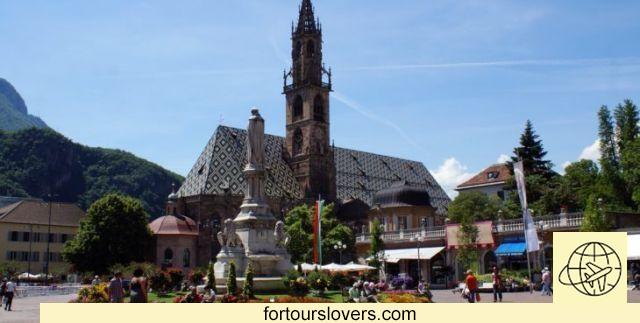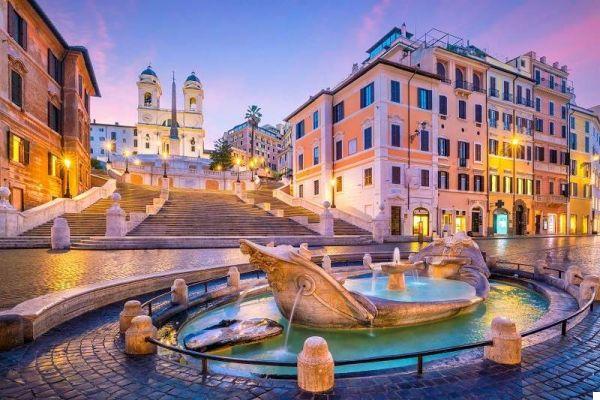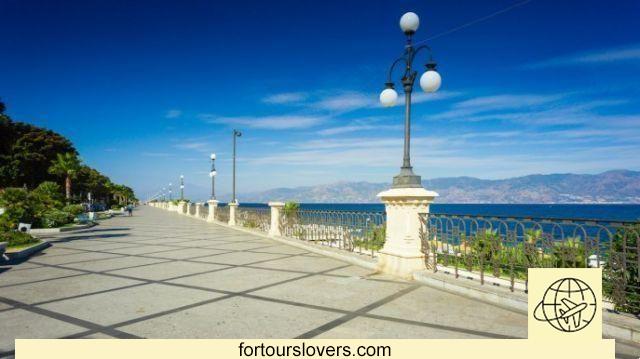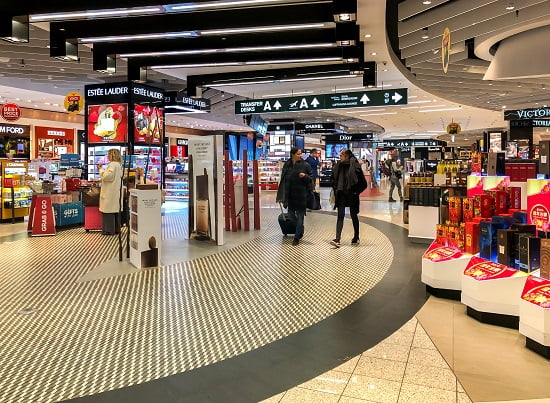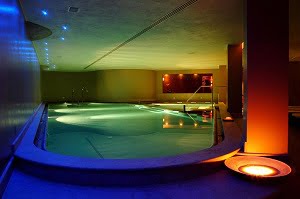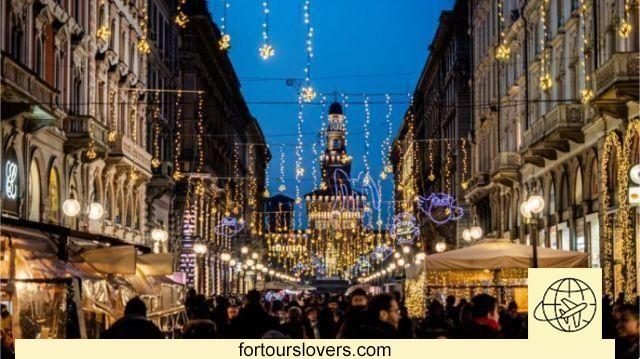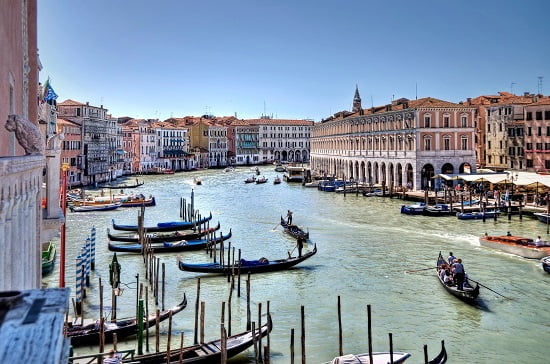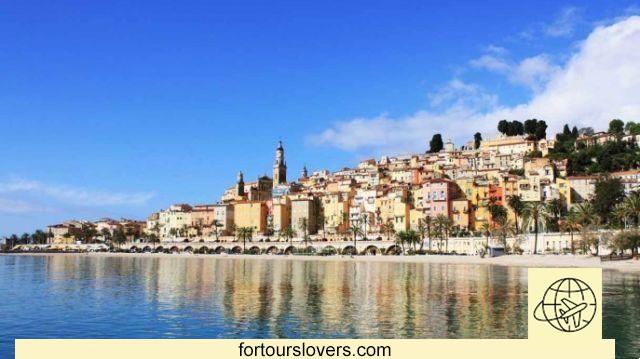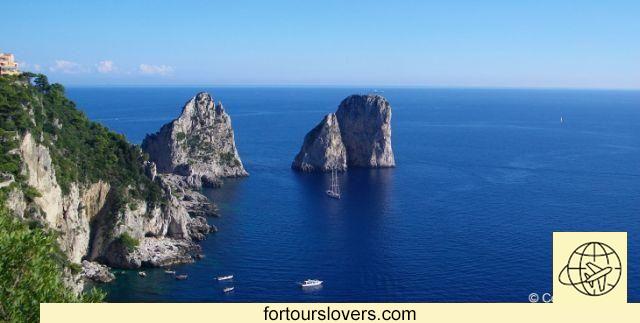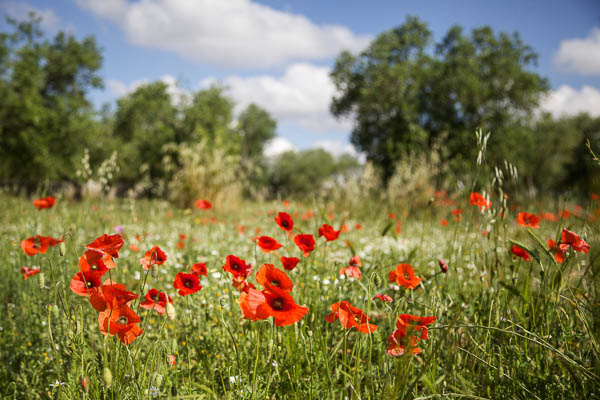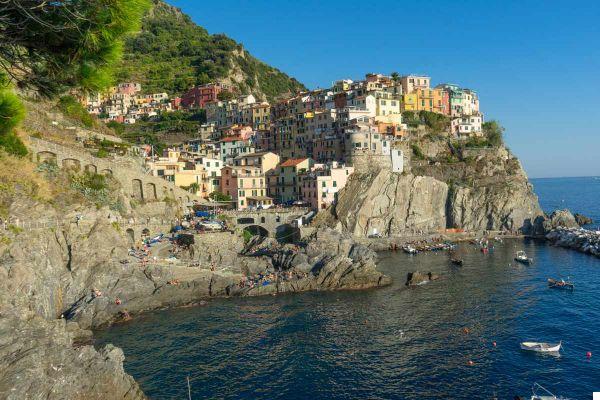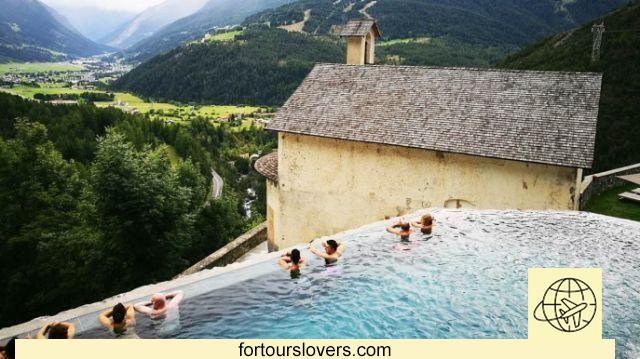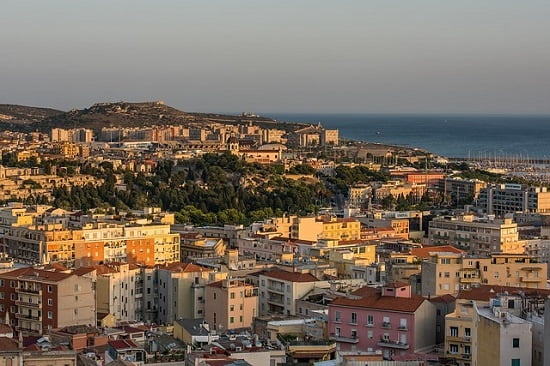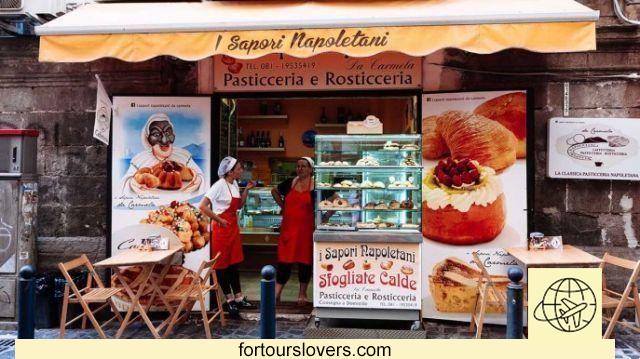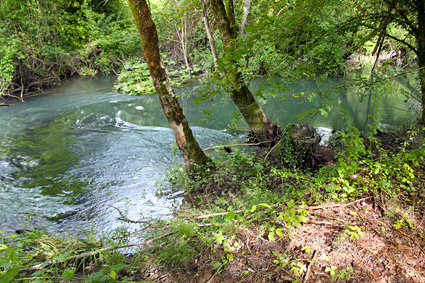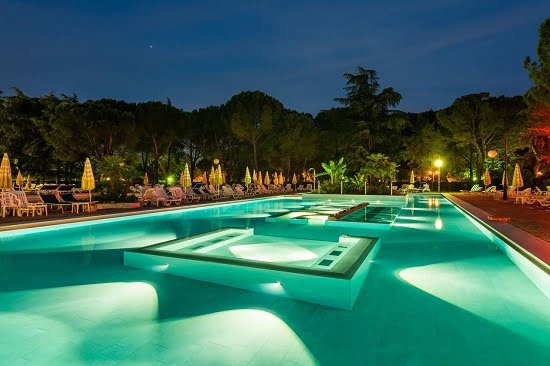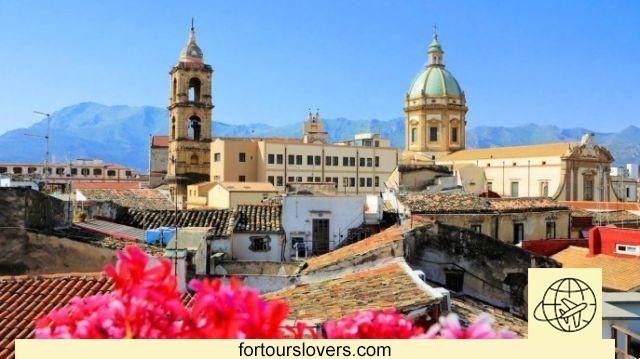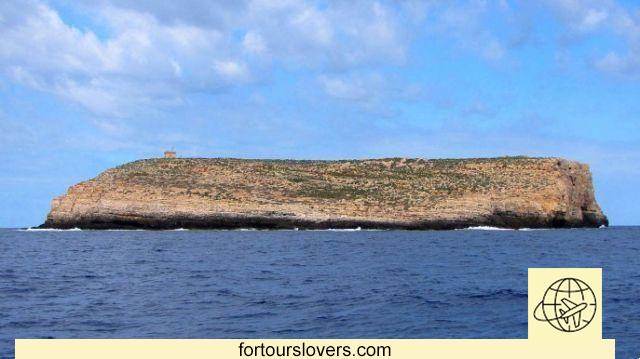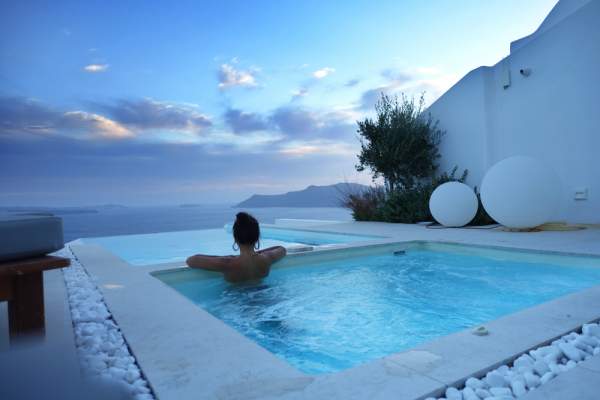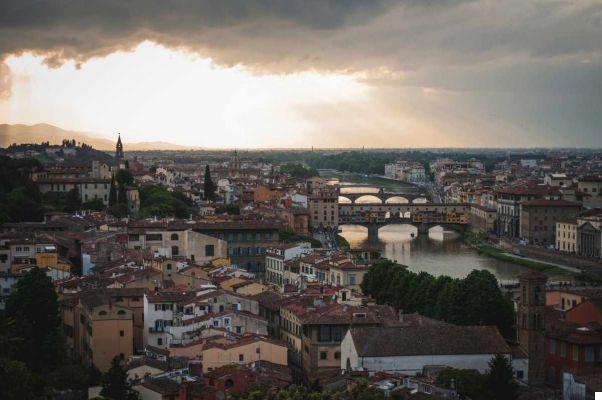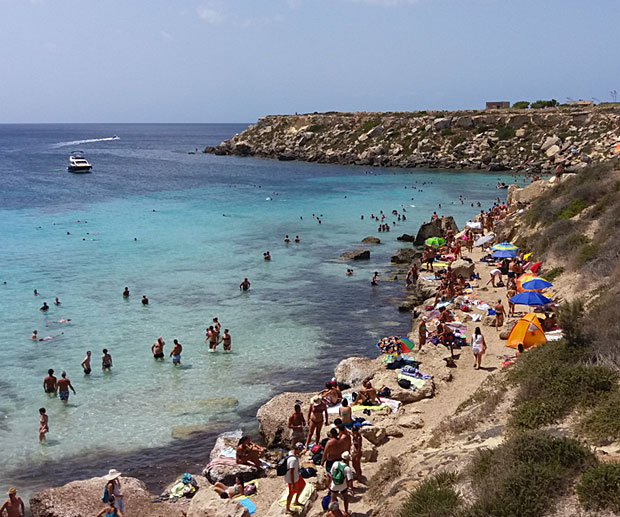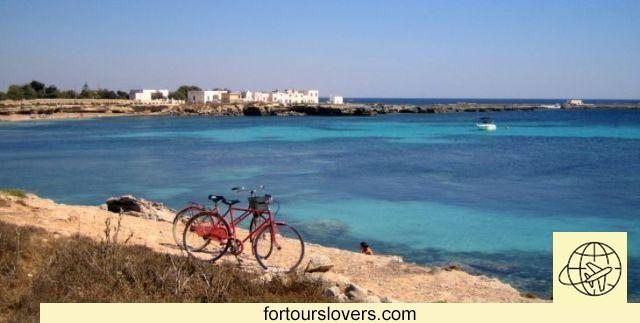
Egadi Islands
8 things to do and see in the Egadi IslandsIn Sicily there are not only the Aeolian Islands. Off the coast of Trapani e Marsala there is the small archipelago of the Egadi, formed by the islands of Favignana, Marettimo, Levanzo and another series of uninhabited islets (Formica, Maraone, Stagnone e Galeotta). From an administrative point of view, the entire archipelago belongs to the municipality of Favignana which has a total of just over 4000 inhabitants. Only a few thousand residents who, however, have the absolute privilege of living in an environmental context with few equals in the world. A crystalline sea, generous nature and a typically Mediterranean lifestyle that here, compared to other places in southern Italy, is something more than a simple and overused tourist commonplace. It is no coincidence that that of the Egadi is theMarine Protected Area largest in Europe; as it is no coincidence that theformer Florio factory, in Favignana, both the Museum of the Sea largest in Italy, an imperishable symbol of the socio-economic redemption of the island's inhabitants who years ago, before tourism, found intuna canning industry the "key" to overcome poor living conditions made even more difficult by the fact of insularity. It's not over, because then there are wall decorations area of Cave del Genovese in Levanzo, i paths of Marettimo, diving, beaches, way, food and all the opportunities of Relax e fun that an archipelago like this is able to offer. Here are our "tips" for a dream holiday in the Egadi. Happy reading.
The connections to the Egadi Islands are active all year round from Trapani e Marsala.
Trapani ➜ Favignana
Trapani ➜ Levanzo
Trapani ➜ Marettimo
Marsala ➜ Favignana
Marsala ➜ Levanzo
Marsala ➜ Marettimo
For connections between the Egadi Islands click here and select the route of your interest from the search field
1 Florio factory
To fully understand the recent past Favignana and the Egadi islands, a visit to the former Florio factory is a must. There are those who have rightly called this area a jewel of industrial archeology. Here, in fact, the equipment and boats used in the slaughter of tuna; and always here theboxing of meats. L'tuna canning industry has been going on for over a century, since 1859, the years in which the Genoese Giulio Drago the business began until the 70s when the market rewarded other areas and processing techniques. In between, the epic of the Florio family, true architect of the industrial conversion of the slaughterhouse and protagonist of the first and decisive ones infrastructure investments. For decades, after the cessation of activities, the plant experienced phases of progressive decline and abandonment, until the Sicily region, with a considerable economic effort, it has undertaken the restructuring of the area, transforming it into a gigantic one Museum of the Sea. Indeed, the largest in Europe.
Working Time:
>> from 10.00 13.30 to and from the 17.00 23.30
>> Guided tours in August: 10.30 - 11.15 - 12.00 - 17.30 - 18.00 - 19.00 - 20.00 - 21.00 - 22.00
tickets:
full 4,00 € uro
Reduced 2,00 € uro
Free up to 18 years
Free admission every first Sunday of the month
Tickets are on sale in Favignana at the museum
2 The underground gardens
Along with fishing, the other historical activity of the inhabitants of Favignana has always been thetuff extraction. Which then it is not about tuff but of calcarenite, a lithic material widely used in construction and widespread throughout Western Sicily. To say, the Monreale Cathedral (see Palermo), since 2015 Unesco World Heritage, is almost entirely built with the Favignanese "tuff". The effects of this centuries-old mining activity are very evident throughout the island. In fact, the quarries in Favignana are everywhere, even in the historic center only that the islanders, once the mining activity is over, have seen fit to readjust these environments in gardens e orchards. In other words, the people of Favignano have managed to transform a potential mess into one of the main attractions of the island. The "Garden of the Impossible" in contrada Bue Marino, is undoubtedly the most beautiful testimony of the "green" reconversion of the limestone quarries. The credit, of course, belongs to the owner Maria Gabriella Campo, which has managed, with stubbornness, to obtain a botanical garden of great naturalistic interest.
Info for a guided tour of the Garden of the Impossible
Opening: every day (from May to October)
Working Time: from 10:00 to 13:00 and from 16:30 to 19:30
Reservation request : mandatory (go to the site)
Duration of visit: About 2 hours and 30 minutes on foot
Route difficulty: none
Minimum group: 2 people
Transport from the center of Favignana: Bus "line 1" with a stop at about 300 meters. from the site
3 The beaches of Favignana
Compared to Levanzo and Marettimo, the Favignana's coasts are less indented. Above all, in most cases they can be reached from land, and it is one of the reasons behind the island's tourist leadership. Cala Azzurra, Beach, Lido Burrone (the only equipped beach in Favignana), Marasolo are the main sandy beaches; alongside these, numerous other coves and rocky coves (just to name a few: Cala Graziosa, Preveto-Pirreca,Cala Rotonda, Cala del Pozzo) where it is possible to swim in complete tranquility. Separate mention for Cala Rossa (see photo), present in many lists around the web with the most beautiful beaches and inlets in Italy. If desired, Cala Rossa can be reached on foot, but it is certainly an option not to be recommended for families with children in tow. For the rest there are no other contraindications: the sea is crystal clear and nature is the master. Wonders of Favignana.
4 The Castle of Santa Caterina
According to local historiography the Castle of Santa Caterina, on the top of the mountain of the same name (314 masl), was originally part of a triptych of watchtowers made by Saracens at the time of their domination on Favignana (year 810). The circumstance would also explain why the gonfalon of the island represents three towers and a bird of prey. The latter, symbol of the enemy coming from the sea from whose attacks we had to defend ourselves. What is certain, the Favignana Castle has witnessed the various dominations that have affected the island and Sicily. THE Normans, the Anjou, the Aragonese and Bourbon they have all passed this way, each time renovating the fortress for their own purposes. With the Bourbons, the Castle was transformed into place of detention for the conspirators of the Kingdom of the Two Sicilies. A violent prison revolt in 1860 caused the destruction of a large part of the fortress including the chapel dedicated to the saint. During the second World War the Castle became the defensive outpost of the Navy who for years, even after the end of the conflict, guarded the area with its own guardian. Since the end of the 50s, however, the Castle of Santa Caterina has been in a state of neglect, with the inevitable loss of almost all the architectural traces attesting to the different periods and dominations. It remains the superb panorama, which is why many tourists face the demanding climb to get up here. Be careful not to forget smartphone e camera. The view is stunning and certainly deserves to be immortalized.
5 Cave del Genovese
The greatest discoveries almost always happen by accident. The Cave del Genovese, in Levanzo, is no exception. The richest Italian legacy of prehistoric figurative expressiveness was discovered by that Francesca Minellono, painter from Florence on vacation in the Egadi. In 1949, the woman went into a ravine where it was said there were ancient paintings. A word of mouth fed by the hunters of Levanzo and which, however, had not aroused any scientific curiosity until that moment. Instead, in the back of this cave on the north-western side of the island, the Minellono found over thirty parietal incisions and a hundred paintings which, later, thanks to the interest of archaeologists and scholars, were traced back to late Paleotic (11-12.000 years ago). As pieces of a mosaic, the finds of the Cave del Genovese proved to be fundamental for a more detailed knowledge of the evolutionary history of man who in the Upper Paleolithic had to face a series of climatic changes that contributed decisively to changing habits and lifestyles. . No longer just hunters, but also shellfish farmers and fishermen. Changes that are reflected in the subjects and scenes depicted: deer, tori, oxen, donkeys e rituals in all likelihood associated with the cult of Mother Earth. For further information on the history, the finds and the guided tours to the cave see place: www.grottadelgenovese.it
6 Sea and diving in Levanzo
THEMarine Protected Area Egadi Islands it is a paradise for diving enthusiasts. Levanzo in particular. There lighthouse wall; l 'edge of the Genovese; the Faraglione; The shoal of Punta Pesce and the others not mentioned here are all beautiful dives to do due to the degree of preparation and type of certification. Between Cala Minnola e Punta Alterella, between 27 and 30 meters deep, there is a Roman wreck with amphorae and more ceramic tableware. A very popular dive for recreational divers who frequent Levanzo and the Egadi. For the rest, the coast of the island is very indented and the most practical way to get to know the inlets and rocky coves of Levanzo is in boat. If desired, the already mentioned Cala Minnola (see photo), together with Cala Fredda, can also be reached on foot. For information on the dive sites, the degree of difficulty, the flora and fauna present and, above all, the necessary authorizations, visit: www.ampisoleegadi.it
7 Castle of Marettimo
Unlike the fortress of Favignana, which persists in the condition of ruin, the Castle of Marettimo has been recently renovated. Located on the summit of promontory of Punta Troia, can be reached by a pathway made by State Forestry Corps. A dirt road that while not presenting major difficulties is certainly not suitable for younger children. That said, this is another must for those who come on holiday to the Egadi. The panorama it is wonderful and, inside the structure, surveyed by FAI between "places of the heart“, There are a little Prison Museum (the Bourbons transformed the structure into a place of punishment) and, above all, theMonk Seal Observatory dell 'AMP of the Egadi islands. For the rest, what was said previously for the Favignana Castle applies: woe to forget your camera!
8 Sea and mountains in Marettimo
If Levanzo is ideal for lovers of Diving, Marettimo is for excursions. The most mountainous island of the Egadi archipelago offers visitors several routes and, above all, one overflowing vegetation with more than 500 species of plants, including some very rare. In addition to Castle of Punta Troia, of which we have already spoken, the other itineraries are: Punta Basano; the Roman houses (see photo); Punta Libeccio; Semaphore e Cala Bianca. Without forgetting, of course, Mount Falcone, with its 686 meters above sea level, the highest peak on the island. In short, if you decide to come on holiday to the Egadi Islands, along with costumes and everything you need for the sea, don't forget to pack shoes and technical clothing for the trekking. You will not be disappointed. As for the beaches, Marettimo is a cross between the more accessible Favignana and the more rocky Levanzo. We point out, among others: Old Port e New stop, on both sides of the port; there beach of the Cemetery and that of Cretazzo. Separate mention for Cala Nera, probably the most beautiful beach on the island. Unlike the others, however, Cala Nera can only be reached by boat. An experience, also this, certainly to try.




